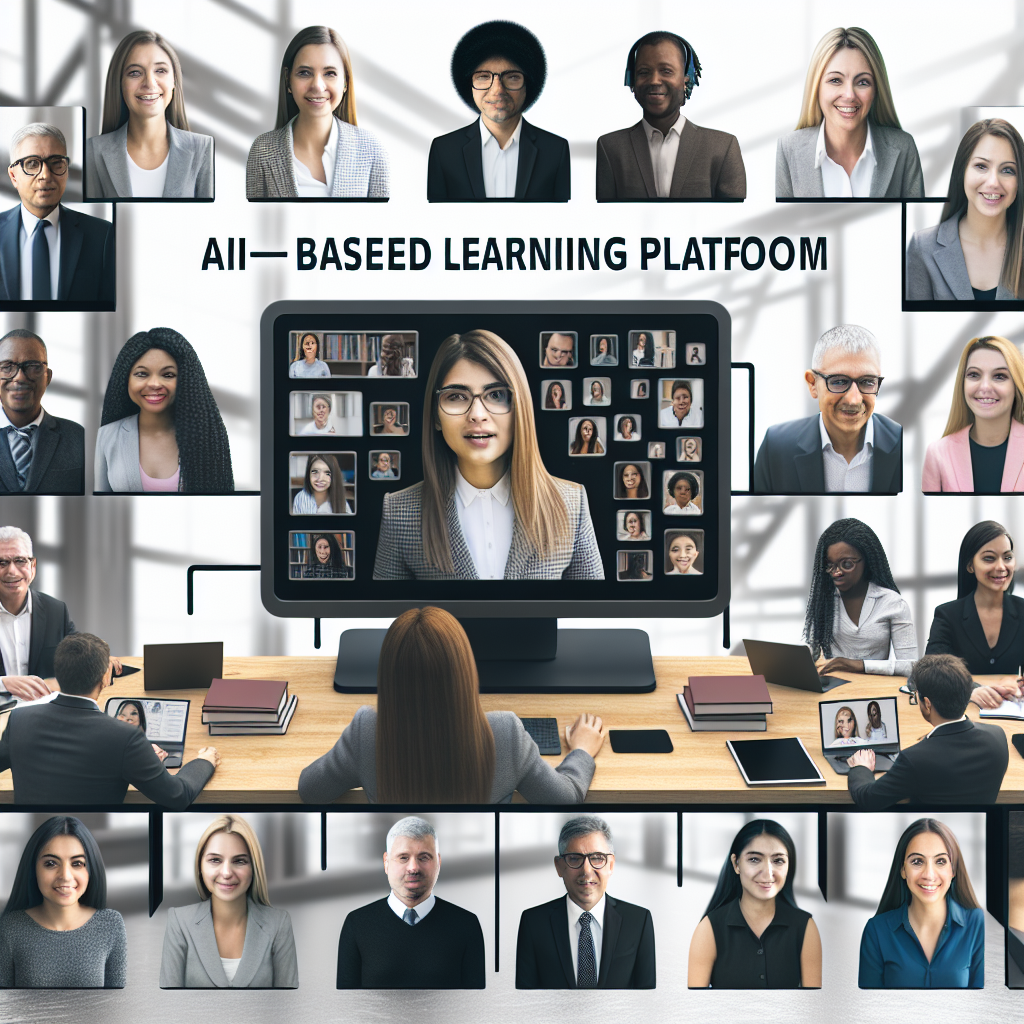-
- AI in Personalized Learning Platforms
- Understanding Personalized Learning
- Configuration Steps for Implementing AI in Personalized Learning Platforms
- Step 1: Define Learning Objectives
- Step 2: Choose the Right AI Tools
- Step 3: Data Collection and Management
- Step 4: Develop AI Models
- Step 5: Implement Feedback Loops
- Practical Examples of AI in Personalized Learning
- Example 1: DreamBox Learning
- Example 2: Knewton
- Best Practices for AI-Driven Personalized Learning
- Case Studies and Statistics
- Conclusion
AI in Personalized Learning Platforms

In the rapidly evolving landscape of education technology, personalized learning platforms have emerged as a transformative force. By leveraging artificial intelligence (AI), these platforms can tailor educational experiences to meet the unique needs of each learner. This guide explores the integration of AI in personalized learning, providing actionable steps, practical examples, and best practices to enhance educational outcomes.
Understanding Personalized Learning
personalized learning refers to educational approaches that customize learning experiences based on individual student needs, preferences, and interests. AI plays a crucial role in this process by analyzing data and providing insights that help educators and learners make informed decisions.
Configuration Steps for Implementing AI in Personalized Learning Platforms
To effectively integrate AI into a personalized learning platform, follow these configuration steps:
Step 1: Define Learning Objectives
- Identify the specific skills and knowledge areas you want to target.
- Set measurable goals for student performance and engagement.
Step 2: Choose the Right AI Tools
- Evaluate AI tools that offer adaptive learning algorithms, such as:
- Machine Learning frameworks (e.g., TensorFlow, PyTorch)
- Natural Language Processing (NLP) tools for content analysis
Step 3: Data Collection and Management
- Gather data from various sources, including:
- Student assessments
- Engagement metrics
- Feedback surveys
- Ensure compliance with data privacy regulations (e.g., GDPR, FERPA).
Step 4: Develop AI Models
- Utilize machine learning algorithms to analyze student data.
- Train models to predict student performance and recommend personalized content.
Step 5: Implement Feedback Loops
- Incorporate mechanisms for continuous feedback from students and educators.
- Adjust AI models based on feedback to improve accuracy and relevance.
Practical Examples of AI in Personalized Learning
Several organizations have successfully implemented AI in their personalized learning platforms:
Example 1: DreamBox Learning
DreamBox Learning uses adaptive learning technology to provide personalized math instruction for K-8 students. The platform analyzes student interactions in real-time, adjusting the difficulty of problems based on individual performance.
Example 2: Knewton
Knewton offers adaptive learning technology that personalizes educational content for students. By analyzing data from millions of learners, Knewton provides recommendations that align with each student’s learning path.
Best Practices for AI-Driven Personalized Learning
To maximize the effectiveness of AI in personalized learning, consider the following best practices:
- Ensure data quality by regularly updating and cleaning datasets.
- Foster collaboration between educators and data scientists to align educational goals with AI capabilities.
- Prioritize user experience by designing intuitive interfaces for both students and educators.
- Implement robust security measures to protect student data.
Case Studies and Statistics
Research indicates that personalized learning can significantly improve student outcomes. A study by the Bill & Melinda Gates Foundation found that:
- Students in personalized learning environments showed a 20% increase in math scores.
- Engagement levels rose by 30% when students had access to tailored learning paths.
These statistics underscore the potential of AI to enhance educational experiences and outcomes.
Conclusion
The integration of AI in personalized learning platforms represents a significant advancement in educational technology. By following the outlined configuration steps, leveraging practical examples, and adhering to best practices, educators can create more effective and engaging learning experiences. As the landscape of education continues to evolve, embracing AI will be crucial for fostering personalized learning that meets the diverse needs of students.